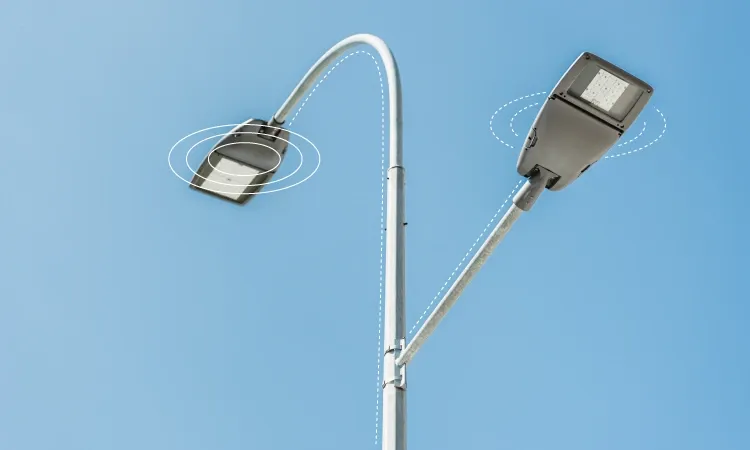Origin of NEMA
With the widespread installation of photo-relays on light fixtures, particularly in the USA, the NEMA connector emerged. The term 'NEMA' stands for the National Electrical Manufacturers Association, which represents a set of standards for electrical connections and devices, prevalent in various sectors, including street lighting.
The Evolution of NEMA Standards
Tracing its roots back to the early 20th century, the first NEMA standards came to light with the advent of electrification and the proliferation of electric lighting systems. These standards dictate the connector's shape and size and its defense mechanisms against dust and moisture. The latter is vital for ensuring the longevity and reliability of streetlights across diverse climatic conditions.
The initial standard, tailored for outdoor lighting, was named ANSI C136. This early version of the NEMA connector was three-pronged, designed specifically for the operation of a standard photo relay. These prongs played distinct roles: voltage input, voltage output, and a neutral setting. Notably, given the potency of lights equipped with bulbs, and with the US grid voltage standing at 110V, the connector's contacts were reliable, capable of managing currents up to 15A. For safety, the neutral contact was designed to be longer and larger, ensuring it's the first to connect.

